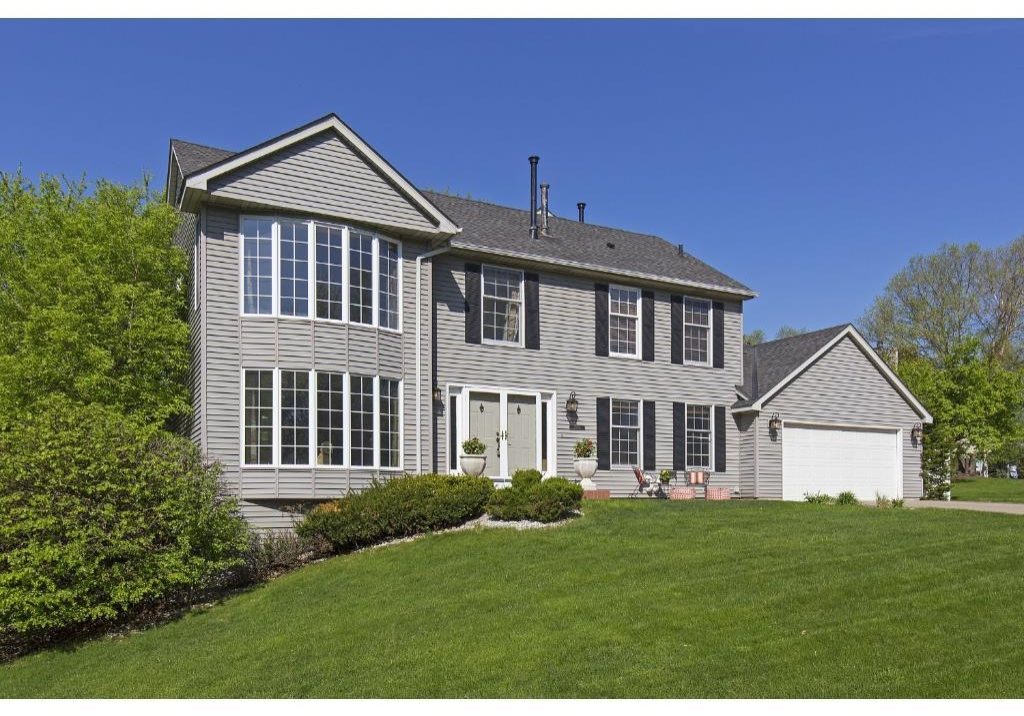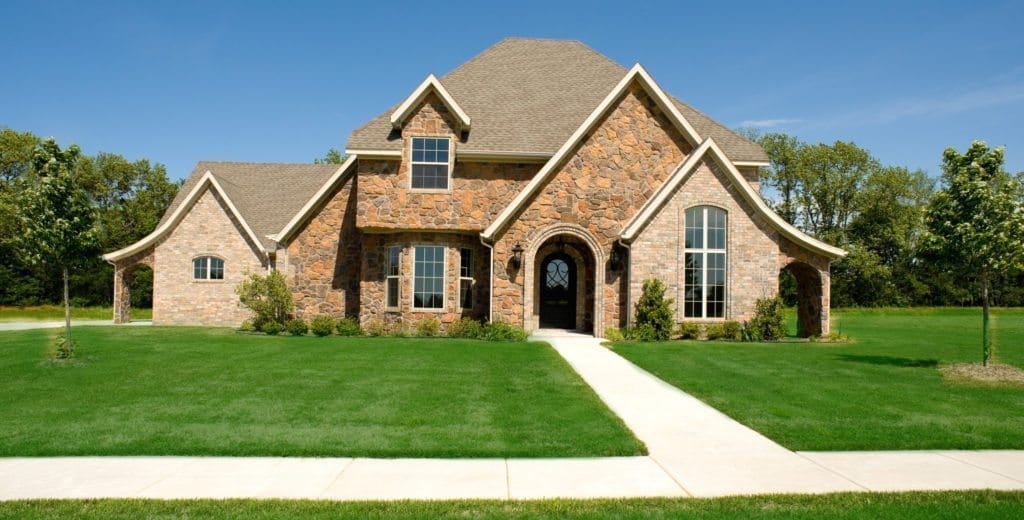The Do’s and Don’ts of Home Exterior Power Washing
Exterior power washing is a method of cleaning an outside surface that uses high-pressure water to remove dirt, mold, and mildew from surfaces. It can be done with commercial equipment or by hand with a hose and nozzle. The pressure of the water plays an important role in how much dirt and debris is removed. The higher the pressure, the more effective the cleaning.
But before you get started, there are some dos and don’ts you should keep in mind. In this brief, we’ll outline the most important ones so that you can have a successful power washing experience. When power washing the exterior of your home, there are a few things you should keep in mind:

Do:
- Check the weather forecast before you start. Power washing is a wet process, and you don’t want to do it on a day when it’s going to rain.
- Make sure your house is clean before you start. Power washing will only remove dirt and debris if there’s something for it to stick to.
- Use the correct nozzle for your hose. A narrow nozzle will produce a higher pressure than a wide one.
- Start at the top of your house and work your way down. This will help prevent the water from running off the surface before it has a chance to clean it.
- Be patient. It may take a few passes to remove all the dirt and debris.
- Use a pressure washer that has a detergent attachment to help remove stubborn dirt, mold, and mildew.
- Wear safety gear, including goggles, gloves, and boots.
DON’T:
- Power wash painted surfaces or surfaces that have been recently painted. The high pressure of the water can cause the paint to peel.
- Power wash surfaces that are made of wood. The high pressure of the water can cause the wood to swell and crack.
- Power wash vinyl siding. The high pressure of the water can remove the protective coating and leave the vinyl susceptible to UV damage.
- Power wash asphalt shingles. The high pressure of the water can remove the protective coating and leave the asphalt susceptible to UV damage.
- Power wash masonry surfaces. The high pressure of the water can cause the mortar to crumble.
- Operate a power washer near overhead electrical wires. The high pressure of the water can cause electrocution.
- Operate a power washer without proper safety gear. The high pressure of the water can cause injuries.
- Pressure wash stained or painted surfaces. You could damage the paint or stain.
- Power wash windows. You could break the glass.
- Use a metal brush. It could damage the surface you’re trying to clean.
- Rush through the process. If you don’t take your time, you could damage the surface you’re trying to clean.
Power washing your home’s exterior is a great way to remove built-up dirt, mold, and mildew. It can also help to restore the original color of your home’s siding.
To power wash your home’s exterior, you will need a high-pressure washer, a ladder, eye protection, and gloves. You will also need to take some safety precautions, such as wearing eye protection and gloves, and making sure that the ladder is stable.

When power washing, always start with the lowest pressure setting and work your way up if needed. Never use a pressure setting that is too high, as this can damage your home’s exterior.
Be sure to avoid spraying water directly into your home’s windows, as this can cause the glass to break. Also, be careful not to allow the high-pressure water to come in contact with your home’s roof, as it can damage the shingles.
To keep your home’s exterior clean year-round, be sure to wash it at least once a month. You can use a garden hose with a nozzle to do this, or you can hire a professional to power wash your home for you.
Following these tips will help ensure a successful power washing experience. Happy cleaning!
https://www.google.com/maps?cid=16953506174387648554
17645 Juniper Path suite 135, Lakeville, MN 55044
https://www.washthehome.com/

